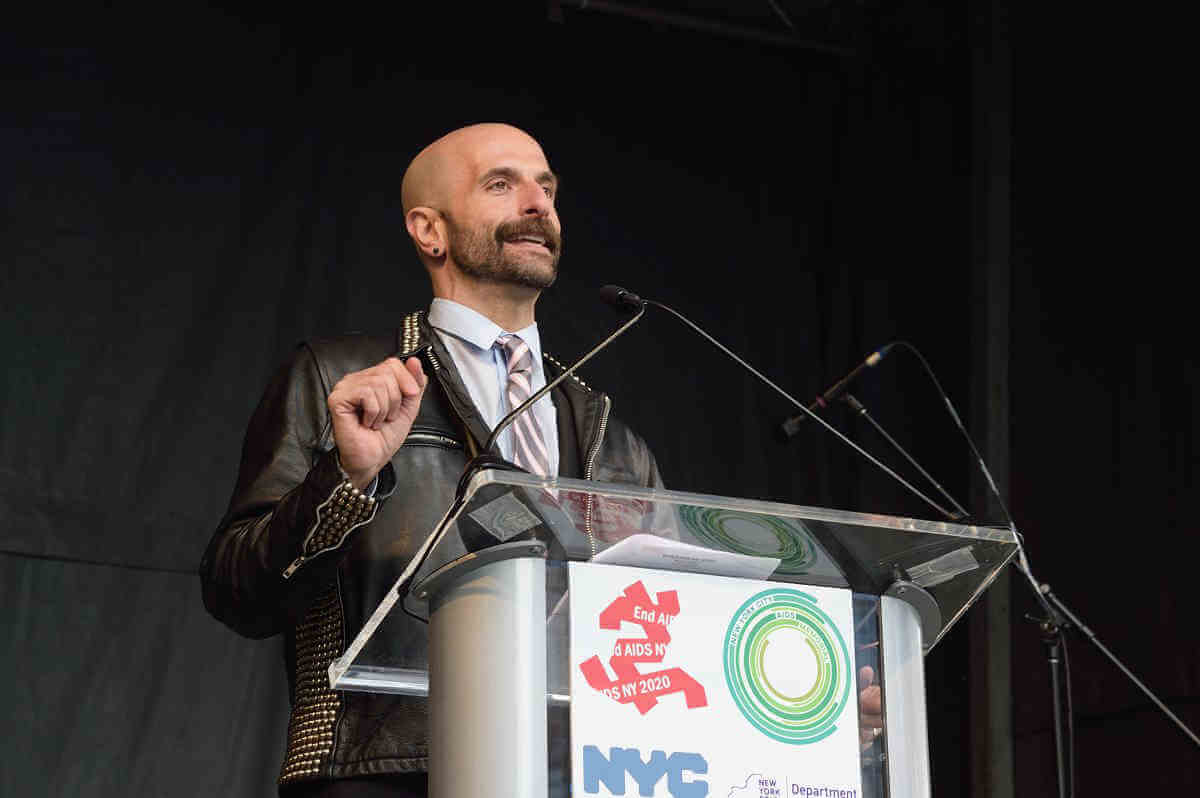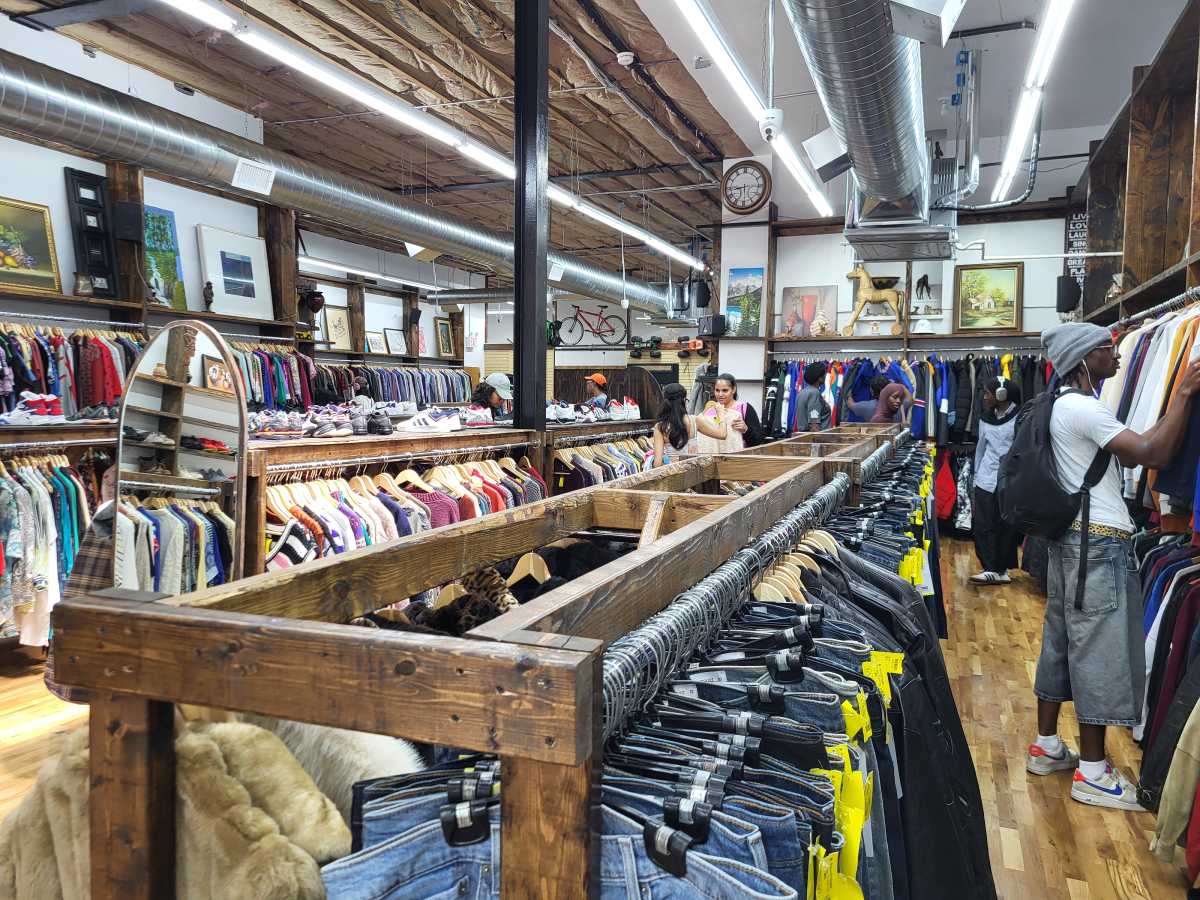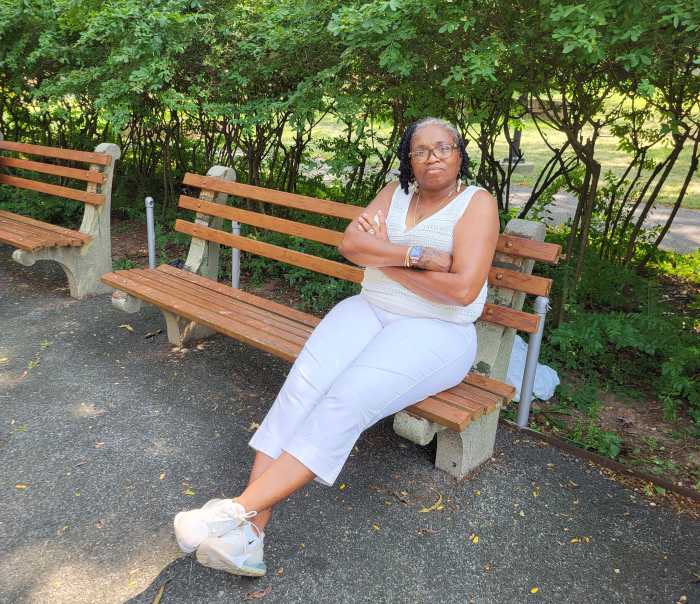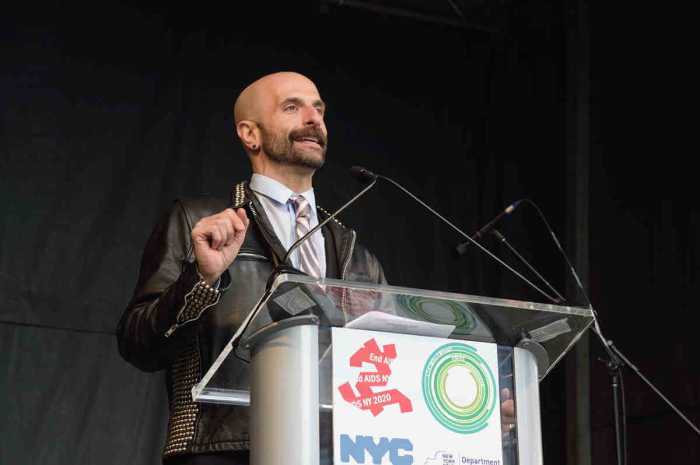By Patrick Hedlund
Hudson Square Commons?
Just call it the “Mall on the Hudson.”
The owners of the massive St. John’s Center in Hudson Square are shopping an idea to bring a retail outlet mall to the superblock waterfront structure.
The building, owned by Eugene M. Grant and Co., spans W. Houston St. between Washington and West Sts. across from Pier 40 and stretches for about three city blocks.
According to Hudson Square resident and restaurant owner Phil Mouquinho, the mall plan would lure dozens of retail tenants to the building’s ground floor, similar to the Woodbury Commons outlet in Upstate Orange County about an hour’s drive from the city.
“Basically, it’s a model that a lot of people are looking at these days with the economy being in such straits,” Mouquinho said of the outlet concept, noting that the area is already zoned for such a use. “The people involved think it would be a great opportunity to attract retail.”
According to reports, Washington St. would be lined with an assortment of retail outlets under the plan.
Speculation has abounded about what could be done with the building housing Manhattan’s largest floor plates, not to mention sporting 300,000 square feet of developable air rights.
Past plans have included building a hotel or condominiums on the roof, which were scrapped after The Related Companies’ proposal to develop Pier 40 fell through, or selling the building for a reported $600 million in late 2007. A number of years before that, there was a short-lived plan to construct TV and film studios atop the mammoth building.
Mouquinho, who has been working closely with the St. John’s Center to try to stop the city’s Sanitation Department megagarage plan, nevertheless said that outlet malls often draw significant vehicle traffic, which is something the community would not be happy about, especially considering Pier 40’s use as a parking facility.
“I have to believe the congestion is not going to be accepted by the community,” said Mouquinho, who is a member of Community Board 2. “Most people going there would have to schlep all the way to the Seventh Ave. subway [to visit the outlets]. I don’t see that happening.”
Michael Kramer, a spokesperson for Eugene M. Grant and Co.; and Richard Forte, the company’s director of real estate operations, both declined to comment.
‘Going postal’ over closings
A group of postal union employees will join Soho residents to protest the closing of the neighborhood’s only post office on Tax Day, April 15, after it was announced that the location at 103 Prince St. near Greene St. would shutter due to the economic crisis.
“We cannot allow this to happen!” read a missive from the Soho Alliance neighborhood group. “Prince Street must be the most crowded post office in the city, perhaps the country. Long lines are common, hours were shortened last year, service suffers. Now this insult to injury?”
The Alliance picked Tax Day — “when the lines will be out the door and onto the street” — to draw attention to the issue in hopes of preventing the post office’s shuttering.
Clarice Torrence, president of the New York Metro Area Postal Union, will attend the Soho demonstration, as well as another outside the James A. Farley Post Office on Eighth Ave., where plans are to discontinue 24-hour service. Two additional post offices, at Columbus Circle and in Upper Manhattan, are also slated to close.
“The closing of the three heavily trafficked stations in Manhattan is symptomatic of the panic that the U.S.P.S. is under because of financial pressures,” read a union statement.
There is currently a bill before Congress that would provide financial relief to the Postal Service at no cost to taxpayers, and the union is urging residents to write to Congressmember Jerrold Nadler — whose district covers the Soho, Columbus Circle and Eighth Ave. locations — to co-sponsor the bill.
“Spend a half-hour to save your post office,” the Alliance added. “The minutes spent will be infinitesimal compared to the hours you’ll spend schlepping around elsewhere for years to come.”
Ranking the Village
Among residents across the five boroughs, Villagers are the richest, pay the highest rents, live in the oldest buildings and are closest to the subway, according to the 2008 “State of New York City’s Housing and Neighborhoods,” an annual report by New York University’s Furman Center for Real Estate and Urban Policy.
In the study, covering about 50 separate categories, Greenwich Village (which was also variously grouped with Soho and the Financial District) ranked No. 1 citywide for median household income, median monthly rent, median age of housing stock and percentage of units located within a half-mile of a subway entrance.
The Village also ranked as having the most units located in a historic district, the fewest notices of foreclosure per 1,000 properties, the lowest disabled population, the most incidences of elevated blood-lead levels per 1,000 children and the lowest rate of asthma hospitalizations per 1,000 people.
The neighborhood additionally ranked in the top three in a number of categories, including lowest mean time for residents traveling to work; highest rate of households with children under 18; lowest unemployment rate; least vacant land area; fewest tax delinquencies; and highest home purchase loan rate.
The Lower East Side/Chinatown had the most units authorized by new residential building permits citywide, according to the study.
” target=_blank>mixeduse@communitymediallc.com







































